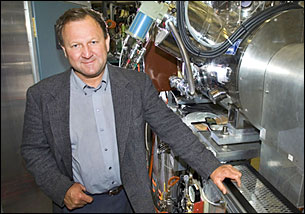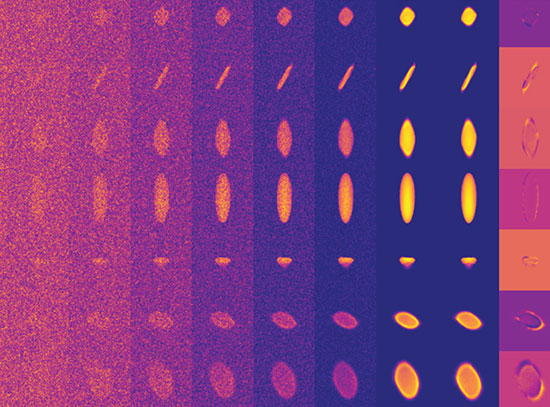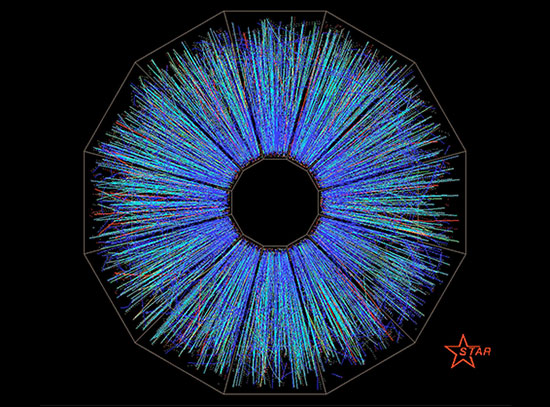Brookhaven Lab's Anatoli Zelenski Wins 2006 Veksler Award from the Russian Academy of Sciences
August 11, 2006
UPTON, NY - Anatoli Zelenski, a physicist at the U.S. Department of Energy's Brookhaven National Laboratory, and Alexander Belov of the Institute for Nuclear Research in Moscow, are recipients of the 2006 Veksler Award from the Russian Academy of Sciences. This top Russian award in accelerator physics recognized the two scientists for outstanding achievements in "the development of high-intensity polarized ion sources for high energy accelerators."
Physicists are colliding beams of polarized protons - protons spinning in the same direction - in RHIC to determine how proton spin is produced. Physicists have theorized that proton spin is the sum of the spin of its three component particles, called quarks. But experiments have shown that quarks only account for about 20 percent of the proton's spin. Since RHIC is the world's only machine that can collide high-energy beams of polarized protons, it is a unique tool for helping to determine how the proton gets its spin.
Zelenski led an international collaboration, which included physicists from Brookhaven Lab, KEK in Japan, and TRIUMF in Canada, in the development and construction of the polarized ion source for RHIC. Polarized protons are produced in Zelenski's source and are accelerated for injection into RHIC, then further accelerated to nearly the speed of light in the collider. Zelenski's pioneering studies of polarization processes using lasers and superconductivity resulted in the development of this new type of polarized source that has 100 times higher intensity than other polarized sources. With this source, the maximum possible beam intensity can be achieved in RHIC, which leads to the highest collision rate possible for polarized protons. A high collision rate generates more events of interest to physicists, providing a greater possibility of important scientific discoveries. This is a major milestone in accelerator spin physics because the beam intensity is not limited by the polarized source, as it is with older sources. Zelenski's development of polarized sources and experiments with polarized beams, which started in 1978, are recognized worldwide.
"I am honored that my work has been recognized with this award," Zelenski said. "I originally developed one of the first optically pumped polarized sources at the Moscow Institute for Nuclear Research in 1978-1992. It was a great international collaboration with physicists from Los Alamos National Laboratory, KEK, and TRIUMF. I continued work on this method at TRIUMF. It is gratifying to see my technology being used at Brookhaven Lab. I hope this success in high-intensity polarized beam acceleration will provide access to new physics phenomena and will be rewarded with great discoveries at RHIC."
Anatoli Zelenski earned his Ph.D. in physics from the Institute for Nuclear Research in Moscow in 1986, for developing one of the world's first optically pumped polarized ion sources. He worked at TRIUMF, Canada's National Laboratory for Particle and Nuclear Physics, from 1992 to 2000, and he came to Brookhaven as a guest collaborator in 1999, joining the staff as a physicist in Brookhaven's Collider-Accelerator Department in 2000. He received Brookhaven Lab's Science and Technology Award in 2004. Zelenski had a leading role in the successful development and operation of a hydrogen-jet polarimeter, a device that measures the proton polarization in RHIC.
NOTE TO LOCAL EDITORS: Anatoli Zelenski is a resident of Shirley, NY.
2006-10520 | INT/EXT | Newsroom










